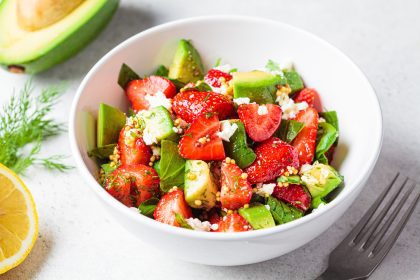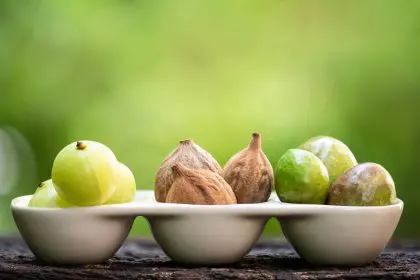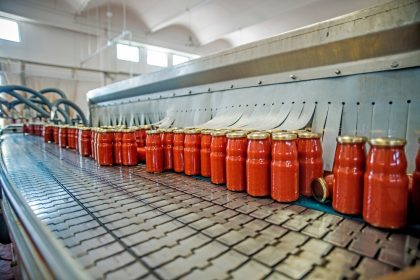Making informed dietary choices for acid reflux and GERD management

Introduction to low-acid foods
Managing digestive conditions like acid reflux or GERD (gastroesophageal reflux disease) often means making strategic changes to what you eat. A diet rich in low-acid foods can be transformative, offering relief and improved digestive comfort. The good news is that low-acid eating isn’t about deprivation; it’s a chance to explore new flavors and nutrient-rich options that can support long-term health.
Understanding the pH scale
To get why low-acid foods work so well, you need to understand the pH scale, which ranges from 0 to 14. This scale measures how acidic or basic a substance is:
- 7 is neutral—think pure water.
- Below 7 means the substance is acidic, which can trigger digestive discomfort for some people.
- Above 7 indicates alkalinity or basicity, which is typically gentler on the digestive system.
Low-acid foods generally have a pH closer to neutral or above, making them easier on the stomach and less likely to trigger reflux.
Low-acid fruits guide
Fruits are known for their vibrant flavors and nutrients, but some varieties can be too acidic and may worsen symptoms for those prone to heartburn. Luckily, many fruits are naturally low in acid and can be enjoyed without worry:
- Bananas: pH of 4.5–5.2
- Cantaloupe: pH of 6.17–7.13
- Watermelon: pH of 5.2–5.8
- Honeydew: pH of 6.3–6.7
- Papaya: pH of 5.2–5.7
These fruits are not only easy on the digestive system but also packed with vitamins, fiber, and hydration.
Low-acid vegetables
Vegetables are another category where you’ll find plenty of low-acid options that can keep your digestive health on point:
- Carrots: pH of 4.9–5.2
- Cucumbers: pH of 5.1–5.7
- Potatoes: pH of 6.1
- Cooked spinach: pH of 6.6–7.2
These vegetables are versatile and can be incorporated into a range of dishes, providing nourishment without triggering acid issues.
Health benefits of low-acid foods
Incorporating low-acid foods into your diet can have wide-ranging health benefits beyond reducing acid reflux and heartburn:
Kidney health support
Low-acid foods can help keep urine less acidic, which lowers the risk of kidney stone formation. Studies suggest that a balanced diet with reduced acid intake may also help protect against chronic kidney disease.
Digestive system benefits
A diet that focuses on low-acid foods can lead to fewer heartburn episodes and improved overall digestion. Reducing the acidity of what you eat can help keep the stomach and esophagus in balance, making a significant difference for those with acid reflux.
Nutritional advantages
Low-acid foods can also provide better absorption of essential vitamins and minerals, supporting gut health and enhancing digestion. Their high fiber content ensures that you stay full longer and helps maintain steady blood sugar levels.
Making the transition to low-acid foods
Switching to a low-acid diet may seem daunting at first, but with the right strategy, it can be seamless:
Start gradually
The key is to ease into this diet. Start by incorporating more low-acid fruits and vegetables into your meals and notice how your body responds. Keeping a food diary can help track what works best for you and identify any triggers.
Maintain balance
Going low-acid doesn’t mean cutting out entire food groups. Aim for a balanced diet that still includes healthy fats, proteins, and carbohydrates. A variety of food choices will ensure you get a full range of nutrients.
Seek professional guidance
Consider speaking to a registered dietitian or nutritionist for tailored advice. They can guide you on how to include low-acid foods into your diet while ensuring you’re meeting all your nutritional needs.
Conclusion
A low-acid diet can offer real relief and improve daily life for those struggling with acid-related digestive issues. It’s a thoughtful, sustainable approach to better digestive health, but it’s crucial to be mindful and flexible, as individual responses to food can vary. Incorporate low-acid options, experiment with flavors, and consult with experts to find what works best for you.















